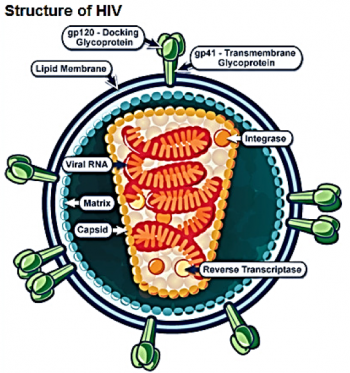Serendip is an independent site partnering with faculty at multiple colleges and universities around the world. Happy exploring!
Discussion Forum
Please use this space to raise questions, probe possible meanings, and share relevant knowledge, experience, or resources.
The Teaching & Learning Initiative: Nepali Style
Hello beautiful Serendip world!
My name is Briana Bellamy, I'm a BMC alum '11. Recently, I returned from an incredible year of living in Nepal, working on a project funded by the Davis Projects for Peace grant. The project was called Sharing Knowledge for Peace, and its basic structure and philosophy grew from something that may be very familiar to some of you: the Teaching and Learning Initiative (TLI). As a sophomore at Bryn Mawr, I became involved with the staff-student branch of the TLI as a student mentor with a wonderful man from transportation services. It completely transformed my experience at Bryn Mawr, and became a huge part of both my sense of community and personal development. The relationships I built through the reciprocal model of the TLI and the deep learning I experienced both in these relationships and in the reflection meeting had a deep impact on me. I went on to become a coordinator for the program, and even wrote my thesis about it, exploring the inner workings of friendship, community, and shared spaces. I knew there was something powerful about the dynamics at play, and I was curious as to how the model of intentional reciprocal teaching and learning relationships could be valuable in other settings.



 This analysis and discussion activity introduces students to the biology of HIV infection and treatment, including the molecular biology of the HIV virus lifecycle and the importance of understanding molecular biology and natural selection for developing effective treatments.
This analysis and discussion activity introduces students to the biology of HIV infection and treatment, including the molecular biology of the HIV virus lifecycle and the importance of understanding molecular biology and natural selection for developing effective treatments.
